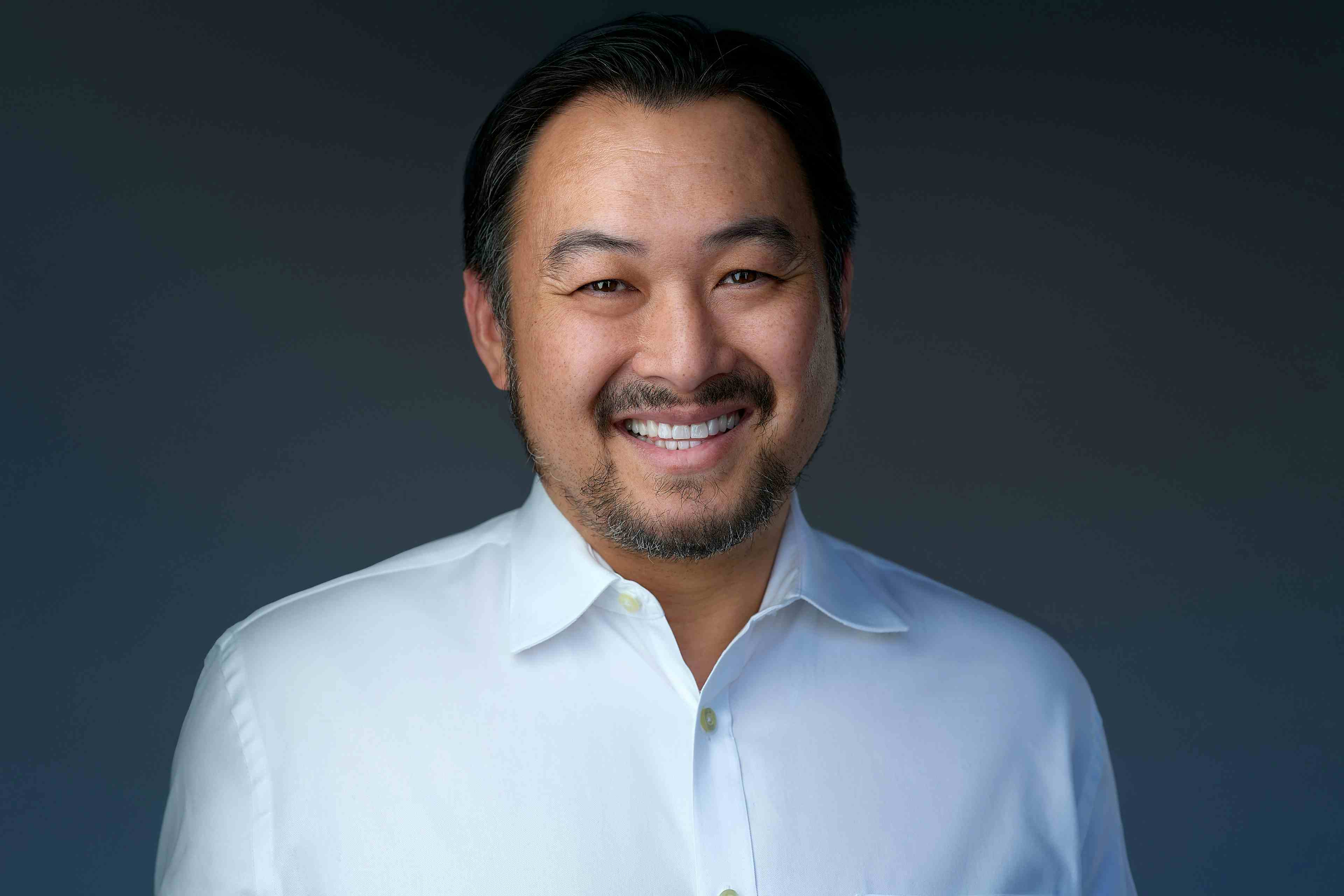Ten ways hospitals can manage rising drug costs
Fluctuations in drug pricing and medication shortages are among the reasons for rising drug prices. Learn how you can protect your hospital’s bottom line.

Despite efforts to control costs, the tab for American healthcare continues to climb, and pharmaceuticals take up about 15% of the total.
Healthcare costs reached $3.2 trillion in 2015, according to CMS. Prescription drug sales accounted for $448.8 billion of total health costs in 2016-a 5.8% increase over 2015 totals, half of which came from price hikes rather than increased prescriptions, according to a 2017 report on drug prices, published in the American Journal of Health-System Pharmacy. The report reveals that another 6% to 8% increase is expected before next year, with researchers warning hospitals to carefully watch pricing and utilization to protect their bottom lines.
This isn’t news to most pharmaceutical watchdogs.

Knoer“It’s like playing a game of whack-a-mole,” says Scott Knoer, PharmD, FASHP, chief pharmacy officer at the Cleveland Clinic. “The brand name drugs have gone up on average at least 10% a year, and when you look at the consumer price index, incomes are not keeping up.”
The life cycles of generic medications have led to monopolies on certain drugs, and the constant outpacing of inflation of drug prices compared to incomes and overall economic growth is making the problem even worse. Novel therapies cost hundreds of thousands of dollars, Knoer says, and life-saving therapies could exceed maximums of benefit plans well before the end of a patient’s life.
“It’s a combination of opportunism with sole source generics, brand names far outpacing inflation, and ridiculous prices for new novel therapies,” Knoer says.
But hospitals can fight back. Here’s how.

1. Look for alternatives
Sometimes, hospitals can use alternatives to costlier medications. For example, the Cleveland Clinic initially was not going to use the antihypertensive medication clevidipine due to its high price, opting instead to use nitroprusside. However, when prices for nitroprusside jumped-increasing by 800%-the hospital system found that clevidipine was a more cost-effective alternative. The Cleveland Clinic, which has been the nation’s top hospital for heart care for more than two decades, uses a lot of nitroprusside, Knoer says, and continued use of it without having an alternative to switch to could have cost the hospital upwards of $8 million for the year.

Hempstead“We look at other cost-effective options,” Knoer says. “Other medications that might be cost prohibitive before are cost effective now.”
Generics, of course, are another option for alternatives, says Katherine Hempstead, PhD, senior advisor to the executive vice president and a healthcare pricing expert at the Robert Wood Johnson Foundation. Generics can offer huge cost savings over brand-name medications. Hospitals should also constantly review their contracts with suppliers to make sure they are getting the best price on generics, too, she adds.

2. Save on biosimilars
Another cost-saving option is to utilize biosimilar, says Knoer. Unlike generics that are an exact small-molecule chemical copy of brand-names, biosimilars are large-molecule substitutes similar to brand-name biologics-serving the same function without being an exact copy.
According to a study published in the American Journal of Managed Care, biologics made up eight of the 10 top-selling drugs in 2016, compared to just one in 10 a decade ago. From 2009 to 2012, biologics had a 32% increase in prescription volume and a 45% increase in prices, with total spending nearly doubling during that period. The study authors estimate an additional 16% annual increase in biologic spending between 2015 and 2018, according to the report.
Biosimilars could offer relief, and have been used in Japan and Europe for nearly a decade already. A recent Rand Corporation analysis, found that biosimilars will lead to $54 billion less in direct spending on biologics (or about 3% of total spending on biologics) over the next decade.
Development of biosimilars is already under way for some of the top biologics like 2016’s top-selling adalimumab, which generated more than $13 billion in sales, as well as infliximab, etanercept, rituximab, and trastuzumab.

RosnerJeffrey M. Rosner, RPh, senior director of pharmacy sourcing and purchasing at the Cleveland Clinic, says the organization spends $30 to $40 million on infliximab. The hospital system is still investigating pricing for a biosimilar, but Knoer says savings are expected to be significant.
“Because they are newer in the U.S., a lot of physicians are reluctant to use them or are very conservative. But they give us the opportunity for significant savings,” Knoer says, adding that savings could increase further as the FDA approves more biosimilars and competition increases.

3. Stay on top of price changes
The key to managing price increases is to stay ahead of the game, say Knoer and Rosner.
“We created a dashboard that we review every two weeks,” Rosner says. “We import a catalog and compare the old prices to the new prices, then compare it against the purchases of those products.”
A 1000% increase on a seldom-used drug might not be cause for concern, but a 10% increase on a high-volume product could mean millions of dollars in price increases, Rosner explains, adding the Cleveland Clinic has developed an algorithm to help compute volumes of pricing and utilization data. The results of this analysis is shared with the clinical pharmacy team which then breaks the results into categories and reviews which medications might be removed from the formulary for a period of time and which might be eligible for more cost-effective substitutions.
“What we found is this way we’re not surprised when we have a 100-year-old drug that’s gone up 500%,” Rosner says. “It’s our collaboration with our teams that makes it a very successful process.”
Knoer agrees that the teamwork and planning of the process is incredibly valuable.
“It’s all about vigilance around keeping an eye on prices,” Knoer says. “We are the stewards of the drug budget.”

4. Advocate for change
One of the other, more long-term solutions is to advocate for change at the legislative level, says Rosner.
“Be active in working with congressmen, senators, and state and local representatives,” he says. Rosner and Knoer have been vocal about legislative and regulatory changes in the pharmaceutical industry, working with congressional committees and raising awareness in the media.
“I was shocked, because I didn’t think we would have any impact at all when we started some of these conversations,” Rosner says. “But it has really raised awareness to the issues.”
Drug manufacturers pledged last year to keep price hikes below 10%, and the FDA is looking at ways to increase competition and expedite approval of generics, he says.
“Hospitals can make a difference with advocacy,” Knoer adds. “We haven’t solved the problem with drug prices, but keeping this constantly in front of the media is critical. Get Congress to support legislation like the CREATES Act, which would require companies to sell samples for generic development. We have got to get good legislation. This is something all hospitals have to do. A lot of these cases are life and death decisions, and what’s a year of life worth?”

5. Monitor and reduce waste
It can be difficult to gauge how much medication goes unused in hospitals, but a report estimating waste from the 2012 Medical Expenditure Panel Survey, by the Agency for Healthcare Research and Quality, found that more than 26 million prescriptions went unfilled that year, and 225 million of those were dispensed but never used, resulting in an estimated $30.4 billion in waste.
Another report in the Tropical Journal of Pharmaceutical Research attempted to estimate wasted intravenous medications in a Saudi Arabian hospital and found that nearly $27,000 in intravenous medications were returned to the pharmacy and almost $14,000 were wasted. The cost of all returned IV medications accounted for 13.65% of the total pharmacy budget, and wasted medication made up 51.77% of the returned medication costs, according to the report. In 45% of the wasted medication instances medication was discontinued after it was dispensed; in 19%, extra medications were dispensed; in 8.4%, patients died; in 8.3%, the dose had changed; and in 7.3%,the medication was held.
Not all of these instances of waste can be prevented or reduced, Hempstead says, but hospitals need to be vigilant in preventing unnecessary medication waste.
"Make sure that you're not dispensing things without making sure patients really need or want them," Hempstead says. "Try and take a real good look at the root cause of wasted medication and look at how often things happen."
Maybe the solution is to work with clinical decision makers to avoid medications being ordered and then orders being changed; maybe it's a dispensing issue. A root cause analysis will help identify where the problem is, and then decision-makers can work on ways to mitigate it, she says.
"You might want to do a study to really break down all the components of waste," Hempstead says.

6. Use power in numbers
While hospitals can advocate for change with elected leaders, there is also something to be said about efforts made at the larger organization level. National organizations involved in healthcare policy change can have a big impact that shouldn't be underestimated.
One of those organizations is the American Society of Health-System Pharmacists (ASHP). ASHP participates in national coalitions like the Steering Committee of the Campaign for Sustainable Rx Pricing (CSRxP), which brings stakeholders in the healthcare industry together to identify policy options that have a good probability of bipartisan support and eventual passage. CSPxP focuses on policies to incentivize a more competitive marketplace to stimulate lower medication prices. This could happen through loosening restrictions that prevent generic drug companies from obtaining samples necessary to manufacture a competing product.

7. Negotiate better contracts
Hospitals should constantly review contracts with distributors, according to Rosner and Knoer, but they should also be aware of the impact pharmacy benefit managers (PBMs) can have on a bottom line.
Even when hospitals and health systems are vigilant in monitoring pricing, certain contracts may not be transparent and difficult to navigate. PBM contracts are an example because discounts for certain clients can raise prices for others, say Rosner and Knoer. Hempstead says firms are available that audit PBM contracts to help hospitals identify when they are paying too much.
"These contracts are very complicated and PBMs can make it hard to figure out," Hempstead says. "Getting a PBM contract audited can help hospitals make sure they really understand what they are paying."

8. Focus on multifaceted planning
Adopt several cost management options that help in different ways.
David Chen, RPh, MBA, senior director of the section of pharmacy practice managers at ASHP says tactics should include:
- Reviewing and renegotiating supply contracts;
- Investigating the rise in acuity at hospitals;
- Investigating how clinical and service line decisions are made;
- Investigating what impact new medication developments have on the market; and
- Conducting in-depth analysis of medication use and the supply chain within the hospital system.
Hospital systems must also engage in usage reviews and financial planning and medication budgeting with participation from clinical teams, system leaders, and pharmacy staff, according to ASHP.

9. Use inventory management
Shortages and expiring stock can wreak havoc on a hospital's already tight medication budget. If your hospital is in a bind and needs to find savings due to an unexpected price jump, Erin R. Fox, PharmD, BCPS, FASHP, senior director of drug information and support services and adjunct associate professor at the University of Utah College of Pharmacy, suggests reviewing purchasing and inventory practices. Pharmacies can dispense smaller quantities to avoid mediation waste, and develop protocols to order and rotate stock in a way that will prevent products from expiring, Fox says.

10. Keep clinicians involved
Another effective way to keep medication spending in check is to involve clinical decision makers and to develop guidelines for clinical use.
Particularly in the case of medications for which there is a shortage or spike in price, pharmacy managers should work with clinical teams to identify the most critical uses of medications and determine if there are alternatives, Fox says.
Also, create clinical use guidelines for medication to providers. These can help them keep abreast of pricing and inventory changes and how those changes affect what medications are available or preferred when ordering medications, says Fox.
Rachael Zimlich, RN, is a writer in Columbia Station, Ohio.
Extending the Capabilities of the EHR Through Automation
August 2nd 2023Welcome back to another episode of "Tuning In to the C-Suite," where Briana Contreras, an editor of Managed Healthcare Executive, had the pleasure of chatting with Cindy Gaines, chief clinical transformation officer at Lumeon.
Listen
Upended: Can PBM Transparency Succeed?
March 6th 2024Simmering tensions in the pharmacy benefit management (PBM) industry have turned into fault lines. The PBMs challenging the "big three" have formed a trade association. Purchaser coalitions want change. The head of the industry's trade group says inherent marketplace friction has spilled over into political friction.
Read More













